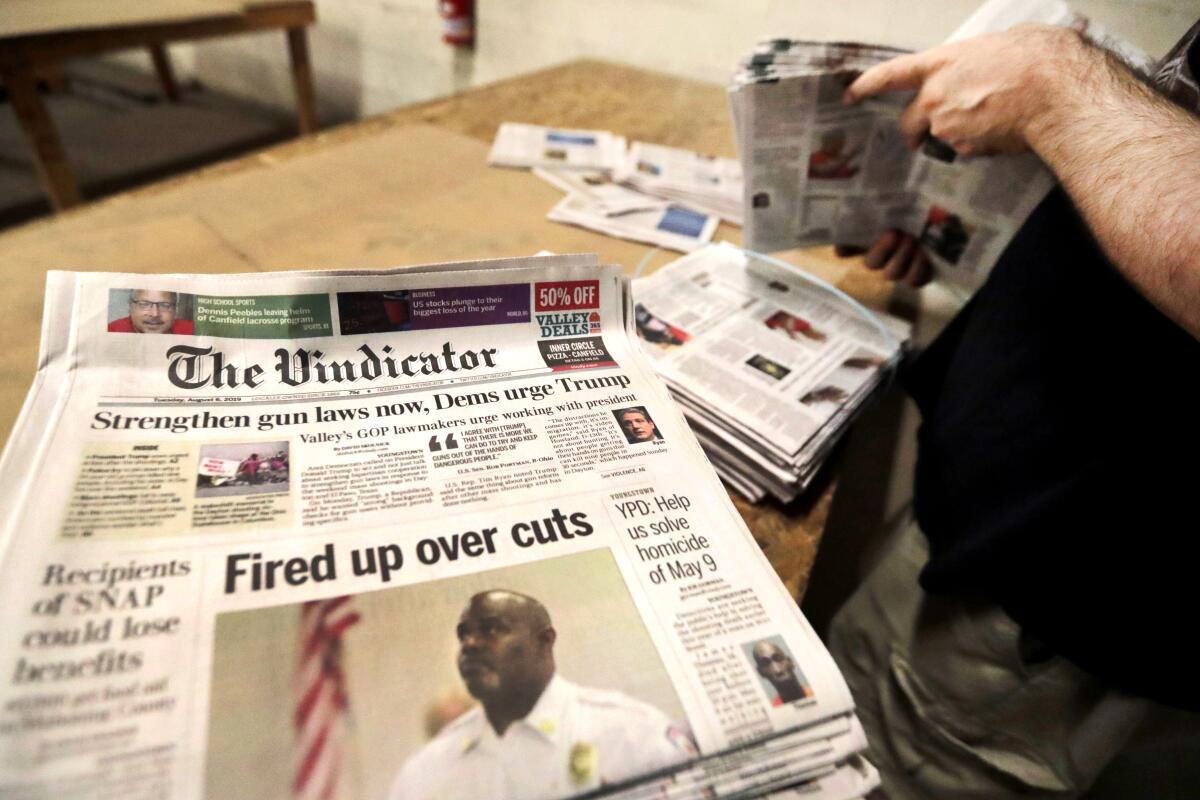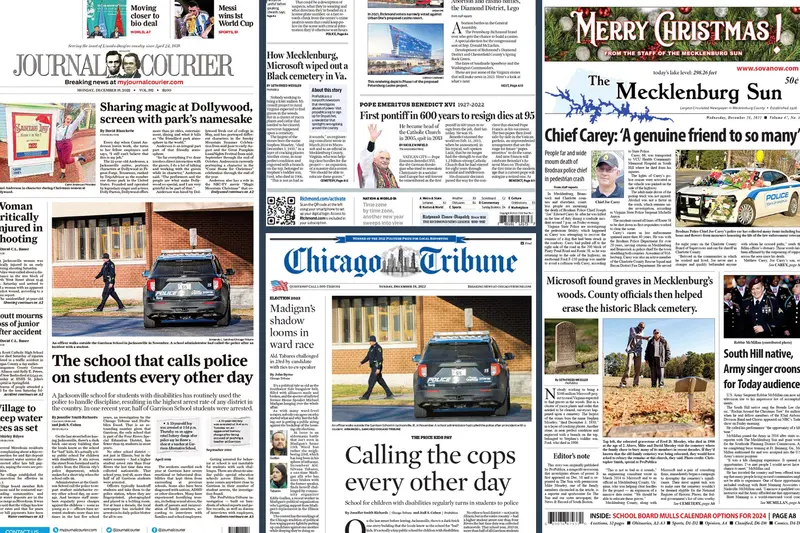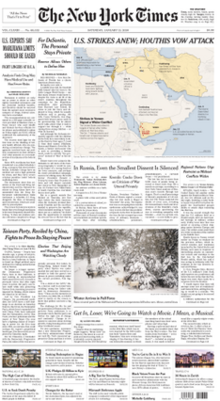Some Known Questions About News Articles.
Table of ContentsThe Main Principles Of News Articles 9 Easy Facts About News Articles ExplainedNot known Details About News Articles The Ultimate Guide To News ArticlesTop Guidelines Of News Articles
Great expertise of various topics gives pupils a competitive edge over their peers. Although digital and social media sites are easily obtainable, we should not forget just how crucial it is to review the papers. Moms and dads have to try and instill the habit of reviewing a newspaper as an everyday routine to continue the tradition of the revered print tool.Information stories likewise contain at the very least one of the adhering to essential characteristics family member to the desired target market: distance, importance, timeliness, human passion, strangeness, or repercussion.
Within these restrictions, newspaper article likewise intend to be thorough. Other elements are included, some stylistic and some obtained from the media kind. Among the larger and much more respected papers, justness and equilibrium is a significant aspect in presenting info. Discourse is generally confined to a different section, though each paper might have a different overall slant.
Newspapers with a global target market, as an example, often tend to utilize a much more formal design of creating. The specific choices made by an information electrical outlet's editor or editorial board are usually accumulated in a design guide; common style guides include the and the United States News Design Publication. The major objectives of information writing can be summed up by the ABCs of journalism: precision, brevity, and quality.
Some Known Details About News Articles
As a guideline, reporters will not use a lengthy word when a short one will certainly do. News authors try to avoid utilizing the very same word more than once in a paragraph (occasionally called an "resemble" or "word mirror").
Headlines in some cases leave out the topic (e.g., "Leaps From Boat, Catches in Wheel") or verb (e.g., "Feline lady fortunate"). A subhead (likewise subhed, sub-headline, subheading, subtitle, deck or dek) can be either a subservient title under the major heading, or the heading of a subsection of the write-up. It is a heading that precedes the main text, or a group of paragraphs of the major text.

of Click Here a short article topic, source, or interviewee), it is described as a drawn quotation or pull quote. Extra billboards of any of these types may show up later on in the article (specifically on subsequent pages) to tempt further reading. Journalistic web sites in some cases use computer animation techniques to swap one billboard for one more (e.g.
News Articles Can Be Fun For Everyone
Such signboards are additionally utilized as guidelines to the write-up in other areas of the magazine or website, or as ads for the item in other magazine or websites. News release of the Swiss government. Typical structure with title, lead paragraph (summary in vibrant), other paragraphs (details) and contact information.

Instance of a hard-lead paragraph NASA is proposing one more space job. The spending plan demands around $10 billion for the project.
An "off-lead" is the 2nd most essential front page news of the day. To "hide the lead" is to begin the post with history info or information of additional relevance to the viewers, forcing them to review even more deeply right into an article than they must have to news in order to find the vital points.
The Only Guide for News Articles
Usual use is that or 2 sentences each form their own paragraph. Reporters generally define the company or structure of a newspaper article as an upside down pyramid. The important and most interesting components of a story are put at the start, with sustaining information complying with in order of decreasing relevance.
It allows individuals to check out a topic to only the depth that their interest takes them, and without the imposition of details or nuances that they might consider irrelevant, but still making that information available to much more interested readers. The upside down pyramid framework likewise makes it possible for articles to be trimmed to any kind of arbitrary length during layout, to suit the area available.
Some writers begin their tales with the "1-2-3 lead", yet there are many kinds of lead readily available. A twist can here are the findings refer to several points: The last story in the information broadcast; a "satisfied" story to end the show.
Longer write-ups, such as publication cover short articles and the items that lead the within areas of a newspaper, are recognized as. Function stories vary from straight information in a number of methods.
Some Known Details About News Articles
An attribute's first paragraphs often connect an intriguing minute or occasion, as in an "anecdotal lead". From the particulars of an individual or episode, its view quickly widens to generalizations concerning the tale's topic.

The Editor's Toolbox: A Reference Guide for Beginners and Professionals (2001) Allan M. Siegal and William G. Connolly. The New York City Times Guidebook of Style and Use: The Official Design Guide Used by the Writers and Editors of the World's The majority of Reliable Newspaper (2002) M. L. Stein, Susan Paterno, and R.
Comments on “The Definitive Guide for News Articles”